
I’ve always wanted a good dashcam. “Good” because the last one I had was on the cheaper side and frequently had write-to-SD card issues, among others. This was a common issue I read of cheaper dashcams at the time, along with just poor quality and build. I always regretted that I didn’t save up and spent a bit more on a piece of tech that is designed to help yourself and others with safety and legal disputes. Years have passed since I had this chunky, bulky brick on my windscreen, and since then I’ve had no way of recording the many things I wish I could have captured: the bright-as-the-sun meteorite/space junk that fell to Earth on the outskirts of Sydney or the many, many crashes I’ve been a few meters away from.
So how best to tell of our experience with the DriveSense Ranger Duo Dash Cam.. Would I be happy and trust it with capturing my day-to-day driving? Oh, you betcha.

How dashing…
The DriveSense Ranger Duo Dash Cam boasts a lot of features to make up for its big $299AUD price tag. There’s the GPS, a rear camera, G-Sensor and FHD 1080p quality recording within its small and sleek frame. Together, all of these features make one dashing dash cam.
Initial set up is easy as a base plate attaches to the windscreen via an adhesive sticker with a GPS module and camera connected to two of its sides via magnets that make the components easily snap into place. The baseplate sticks securely to the windscreen but the easy release functionality of the GPS and camera components means quick removal if you’re afraid of having your car broken into and dash cam unit stolen. The rear camera connects to the front camera via a super long USB cable. The cable from the charger to main unit and the one from the main unit to rear camera are your standard width USB cables so it’ll be up to you to figure out the best way to discreetly wire it all up. We easily managed to tuck all cables in the headlining of the windows and doors with a piece of black duct tape ever 30cm to keep them in place – you couldn’t notice they were there unless you went looking for them. The GPS, plate and camera are all small enough to discreetly place behind the rear mirror so it’ll never be blocking your view through the windscreen.
The Ranger Duo front camera uses a SONY IMX307 STARVIS 1080p@30fps, Wide Dynamic sensor with a f/1.6, 6P glass lens that has a 150-degree angle field of view. This field of view is able to cover around 5 lanes of traffic. It’s sharp and clear and license plates and street signs are easily legible. The built-in GPS module means location data and speed are embedded into the video data and can be viewed on the GPS computer video player. The rear camera uses a smaller 1.3MP H65 rear sensor capable of 720p@30fps with a 135 degree angle field of view which is still able to easily pick up details like license plates. Both are wildly good at night and in dark situations with license plates easily readable at all times. When the rear camera is connected to the front camera, the Ranger Duo’s 2-inch screen displays the rear camera in the top-left quarter of the screen.
Day – Front Camera
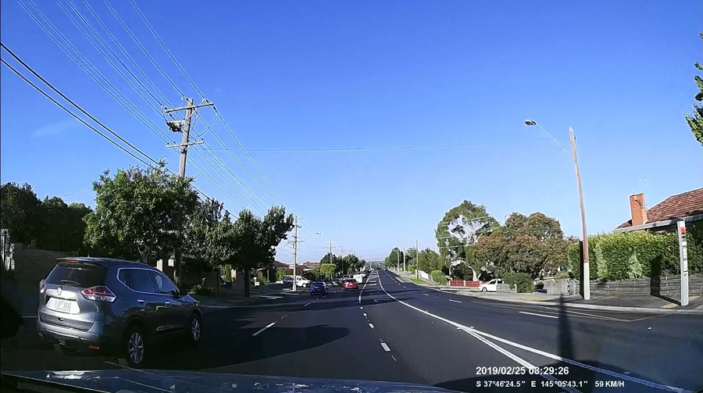
Day – Rear Camera
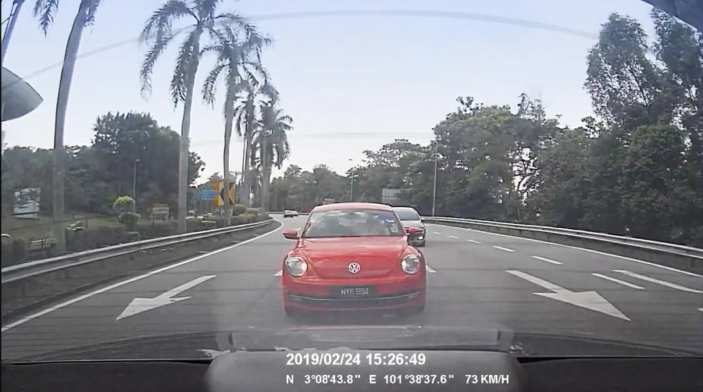
Night – Front Camera
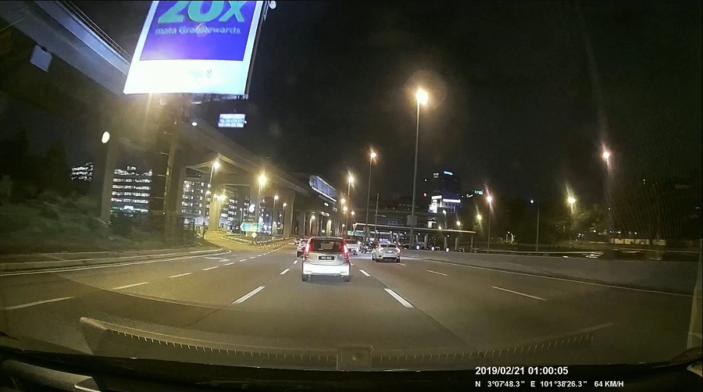
Night – Rear Camera
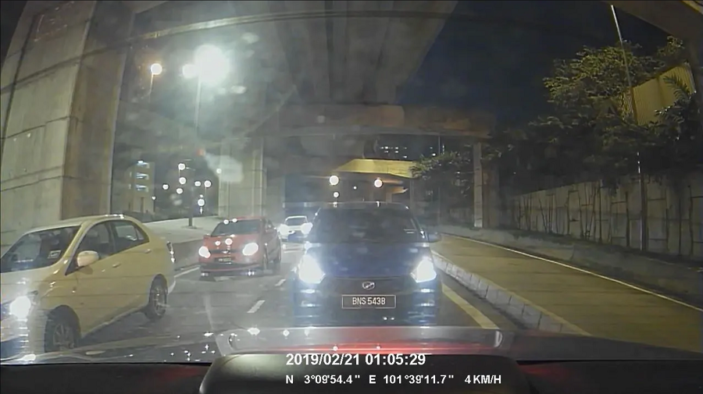
Images supplied and resized for use in this article. For full-resolution screen captures you can head HERE.
The dash cam also has a Gravity Sensor (G-Sensor) to protect files recorded in the event of a collision. Files are locked and protected from being deleted or overwritten when indicators in the camera detect certain vibrations and sudden jolts. Before sticking the camera to our windscreen we successfully tested the G-Sensor by mildly shaking it to lock recordings. You are also able to manually protect clips from being deleted or recorded over through the easy to use interface and menu screens. These locked/protected clips are stored in a separate folder on the memory card in a folder titled “EVENT”, which is different from the “NORMAL” and “PHOTO” save destinations. In each folder are two folders for the front (“F”) and rear (“R”) cameras for easy access to videos and events.
To the left, to the left…
The most disappointing part of the whole unit and build is the connector between the camera and base plate isn’t center; it’s off to the right. The left part of the camera (where the lens is) is heavier so it makes for a constant slant in the camera and image due to the imbalance of weight. We tried resetting the adhesive plate in a few different positions to fix this but gave up because of a fear of wearing out the adhesive and the only way to get a straight image was to have the whole unit pointing in an usable angle that didn’t capture all of the road. It’s more than a slight skew, but isn’t too drastic to put you off buying it.
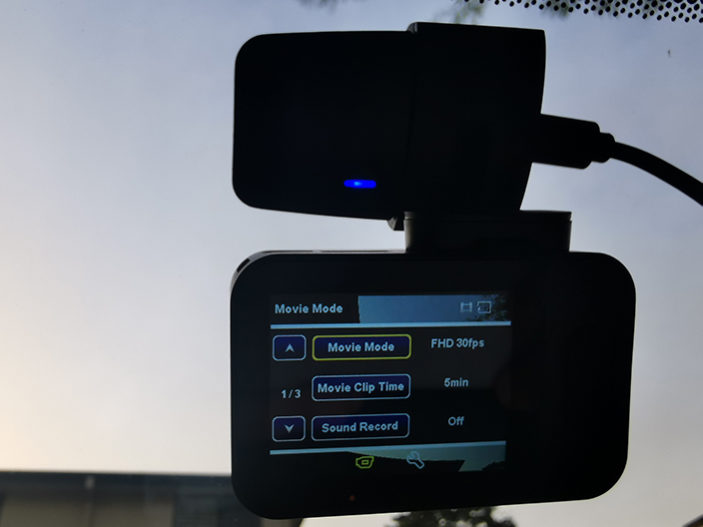
![]()
![]()
![]()
![]()
![]()
FOUR STARS (OUT OF FIVE)
Highlights: Nice look, strong build, easy to use, FHD recording quality
Lowlights: Unavoidable tilt to the left
Manufacturer: Andatech
Price: $299AUD
Available: Now by heading HERE
Review based on a review unit of the DriveSense Ranger Duo Dash Cam. This is not a sponsored post and all opinions are that of the writer’s.
